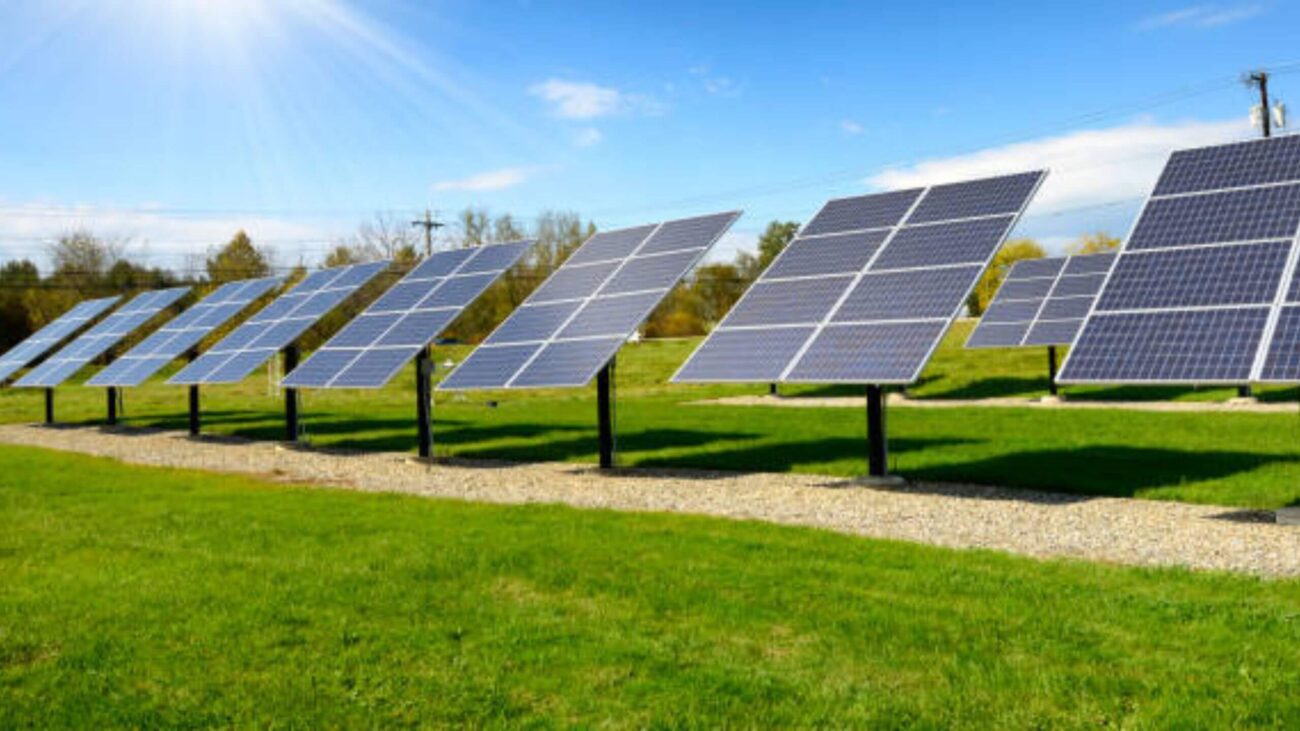In the world of renewable energy, solar panel stand out as a beacon of hope for a greener, more sustainable future. But amidst the buzz surrounding solar energy, one question often arises: do solar panels work under street lights? Let’s delve into this intriguing query and uncover the truth behind solar panel performance in urban environments.
In This Post
Understanding Solar Panels Functionality
Before we dive into the specifics of solar panel performance under street lights, let’s first grasp the fundamental principles behind solar panel functionality. Solar panel are designed to harness the power of sunlight and convert it into electricity through a process known as the photovoltaic effect. When sunlight strikes the surface of a solar panel, it excites electrons within the solar cells, generating an electric current that can be harnessed to power electrical devices.

The Influence of Street Lights
Now, let’s address the burning question: do solar panels work under street lights? The answer is both yes and no, depending on various factors. While solar panels are primarily optimized to operate under direct sunlight, they can still generate electricity from ambient light sources, including street lights. However, the intensity and spectrum of light emitted by street lights may not be sufficient to fully power solar panels. Blog

Factors Affecting Solar Panel Performance
Several factors influence the effectiveness of solar panel under street lights. These include the distance of the solar panels from the street lights, the type and wattage of the street lights, and the angle and orientation of the solar panels relative to the light source. In optimal conditions, solar panels positioned closer to bright LED street lights may experience some level of charging, albeit at a reduced rate compared to direct sunlight exposure.
Practical Considerations
While solar panel may generate some electricity under street lights, relying solely on ambient light sources for solar panel charging is not advisable. For optimal performance and efficiency, it’s essential to install solar panels in areas with ample sunlight exposure. Additionally, incorporating energy storage solutions such as solar batteries can help store excess energy generated during the day for use during periods of low light or at night.
Exploring Alternative Lighting Solutions
While solar panels may not be optimized for charging under street lights, there are alternative lighting solutions available that can complement solar energy Reviews systems. LED lights, for example, are highly energy-efficient and can be integrated with solar panel to provide reliable illumination without relying solely on grid power. By combining solar panels with energy-efficient lighting solutions, homeowners and businesses can further reduce their dependence on traditional energy sources and contribute to a more sustainable future.
Maximizing Solar Panel Efficiency
To maximize the efficiency of solar panels, it’s essential to consider factors such as orientation, tilt angle, and shading. Positioning solar panels at the optimal angle and orientation relative to the sun can significantly improve their performance and charging capacity. Additionally, minimizing shading from nearby objects such as trees or buildings can ensure uninterrupted sunlight exposure throughout the day. By optimizing solar panels placement and minimizing potential obstructions, homeowners and businesses can maximize the energy yield of their solar energy systems.
Investing in Solar Technology Advancements
As technology continues to advance, so too do the capabilities of solar panel and related technologies. Innovations such as bifacial solar panel, which can capture sunlight from both the front and back sides, and solar tracking systems, which adjust the orientation of solar panel to maximize sunlight exposure, are revolutionizing the solar energy industry. By investing in these cutting-edge technologies, consumers can enhance the performance and efficiency of their solar energy systems and further reduce their environmental impact.

Conclusion
In conclusion, while solar panel can technically operate under street lights and other ambient light sources, their performance may be limited compared to direct sunlight exposure. To maximize solar panel efficiency and harness the full potential of solar energy, it’s crucial to prioritize installation in areas with ample sunlight exposure. By understanding the intricacies of solar panel performance in different lighting conditions, we can make informed decisions and unlock the benefits of clean, renewable energy.
Frequently Asked Questions (FAQs)
Can solar panels charge without sunlight?
Solar panels can charge to some extent without sunlight by absorbing energy from ambient light sources. However, their efficiency is significantly reduced compared to direct sunlight. While they may generate some power, it’s not sufficient for optimal charging. Therefore, while technically possible, charging without sunlight is not ideal for solar panels.
Are all solar lights suitable for charging without sunlight?
Yes, not all solar lights are suitable for charging without sunlight. While some may have the capability to charge from ambient light sources, others may require direct sunlight for efficient charging. It depends on the design and specifications of the solar lights.
Can I charge my solar lights indoors?
Charging solar lights indoors is generally not recommended. Indoor lighting may not provide sufficient intensity or spectrum of light to effectively charge the solar panels. It’s best to charge solar lights outdoors where they can receive direct sunlight for optimal charging performance.
Are there any additional accessories I need for charging solar lights without sunlight?
The need for additional accessories for charging solar lights without sunlight depends on the specific conditions and lighting environment. In some cases, accessories such as solar panel chargers or energy storage solutions may be beneficial for enhancing charging efficiency. However, it’s essential to assess individual circumstances to determine if additional accessories are necessary.
How do solar panels work?
Solar panels work by utilizing photovoltaic cells to convert sunlight into electricity through the photovoltaic effect. When sunlight strikes the solar panels, it excites electrons within the cells, generating an electric current. This current is then captured and converted into usable electricity, which can power various devices or be stored in batteries for later use.
Are solar-powered lights suitable for all weather conditions?
Yes, solar-powered lights are generally suitable for various weather conditions. However, their performance may vary depending on factors such as temperature, humidity, and precipitation. While they are designed to withstand typical weather conditions, extreme weather events like severe storms or heavy snowfall may affect their efficiency and durability. Regular maintenance and proper installation can help mitigate potential weather-related issues.
Can solar-powered chargers fully charge electronic devices?
Yes, solar-powered chargers have the capability to fully charge electronic devices, provided they receive sufficient sunlight and have the appropriate specifications for the devices being charged. However, the charging time may vary depending on factors such as the size of the charger, the capacity of the device’s battery, and the intensity of sunlight.
Are solar-powered fans effective for cooling large spaces?
Solar-powered fans can be effective for cooling large spaces to some extent, but their effectiveness may vary depending on factors such as the size of the space, the intensity of sunlight, and the design of the fan. While they can help circulate air and provide some cooling relief, they may not be as powerful as traditional electric fans or air conditioning units for cooling large areas.
Do solar tech gadgets require maintenance?
Yes, solar tech gadgets do require maintenance to ensure optimal performance and longevity. Regular maintenance tasks may include cleaning the solar panels to remove dirt and debris, inspecting for any damage or wear, checking connections and wiring for any issues, and ensuring proper positioning for maximum sunlight exposure. By conducting routine maintenance, you can help prolong the lifespan and efficiency of your solar tech gadgets.
Can solar-powered gadgets save money on utility bills?
Yes, solar-powered gadgets can save money on utility bills by harnessing renewable solar energy to power devices and appliances. By reducing reliance on traditional grid electricity, solar-powered gadgets can lower electricity costs and potentially lead to long-term savings on utility bills. Additionally, government incentives and tax credits for solar energy usage may further contribute to cost savings for users.
